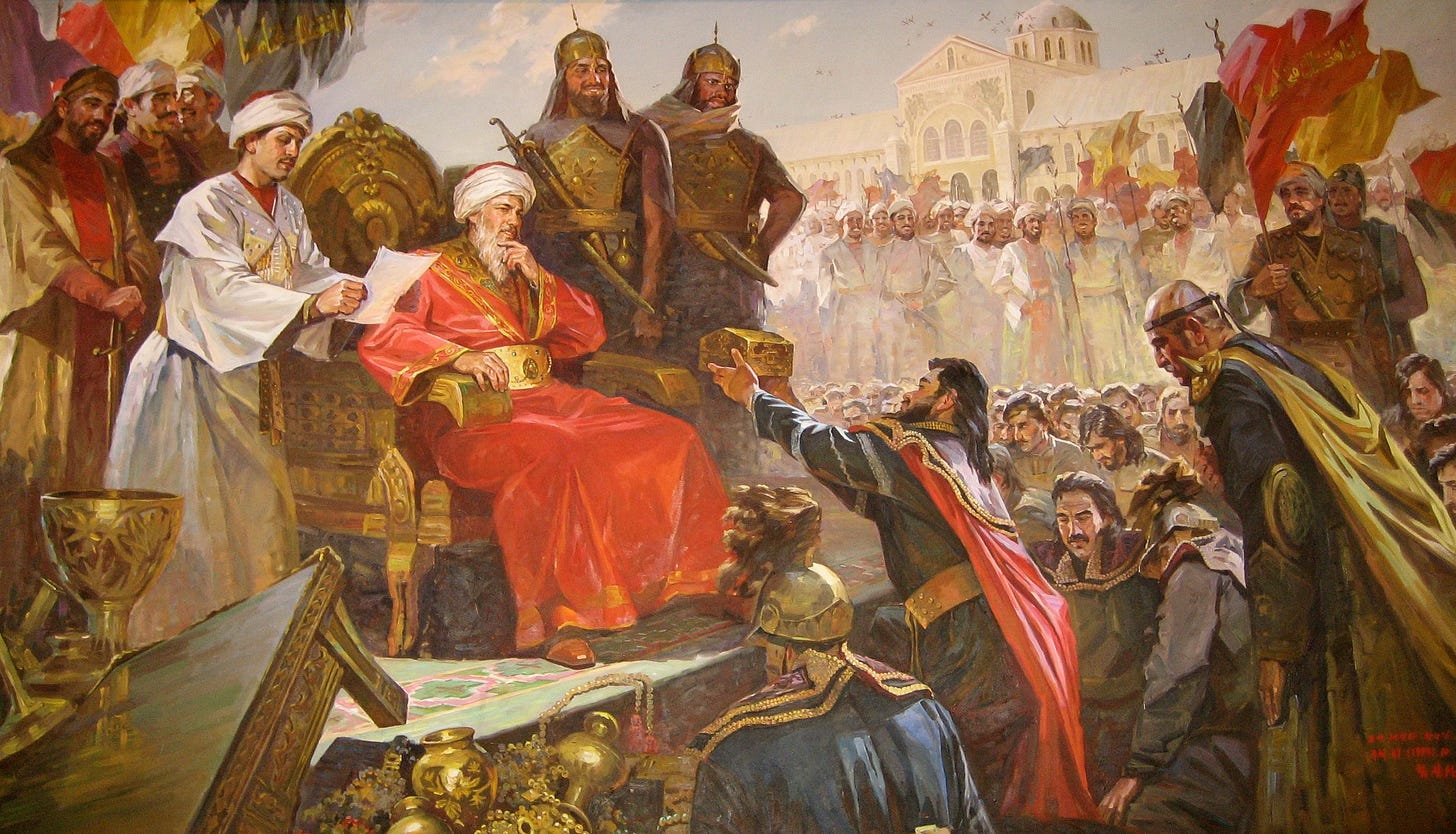The Third Punic War (149–146 BCE) ended in the total destruction of Carthage and the annexation of its territories by Rome. Although they had lost their Empire, numerous large Carthaginian cities were still permitted to retain their Punic system of government. A century later, the site of Carthage was rebuilt as a Roman city by Julius Caesar, and would become one of the main cities of Roman Africa. Punic culture continued to live on and its language was spoken in North Africa until the 7th century AD.
After centuries of conflict, Rome had finally defeated its greatest adversary in the Mediterranean. From this point, we are told the Great Merchants of antiquity quietly disappear from history – but could they have resurrected under a new guise?
In the land once known as Phoenicia a new power had arisen. Syria Phoenice was now the name of a province of the Roman Empire, encompassing the historical region of Phoenicia and Canaan. It was officially created in 194 AD and persisted until the region was conquered by the Muslim Arabs in the 630s AD.
The Islamic Umayyad Caliphate, established in 661 AD after the death of the Prophet Muhammad, was Islams second and most successful caliphate. The area now known as Syria was the Umayyads’ main power base, with Damascus as their capital. According to tradition, from here Islam underwent a period of rapid growth.




